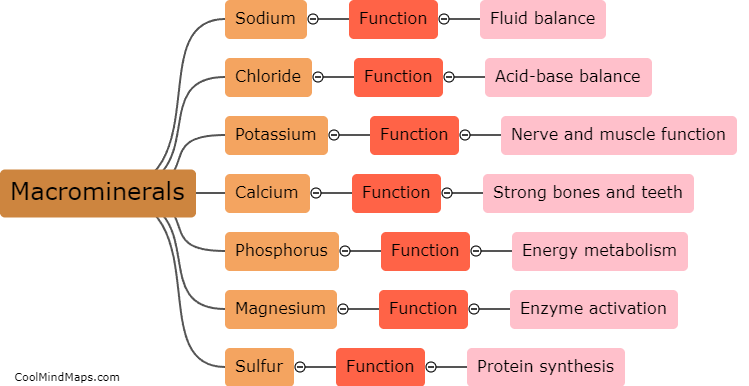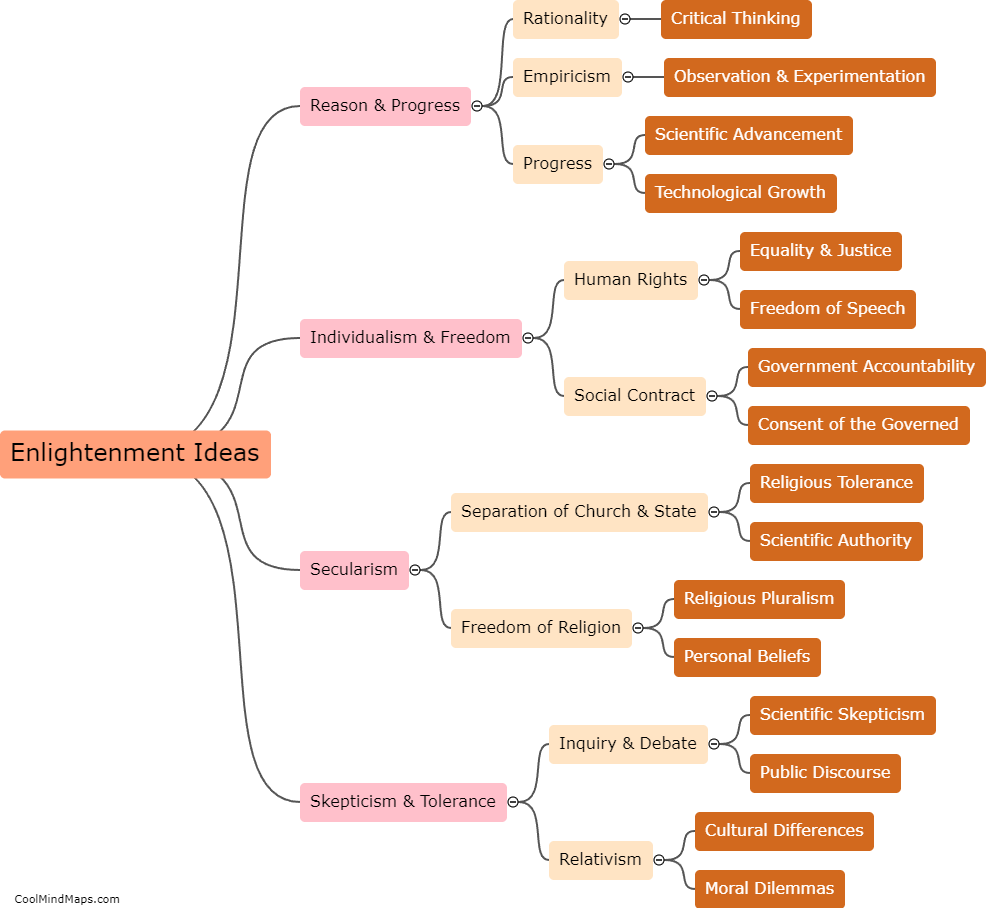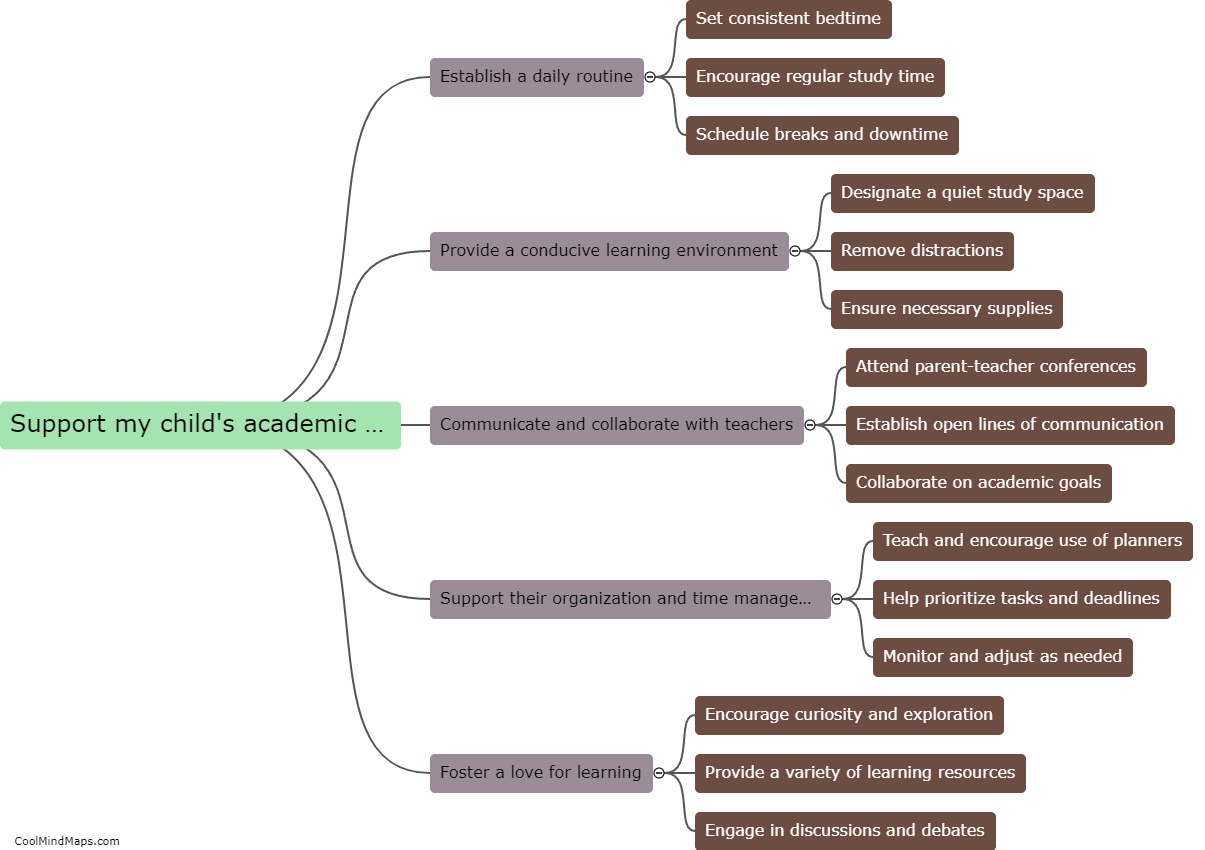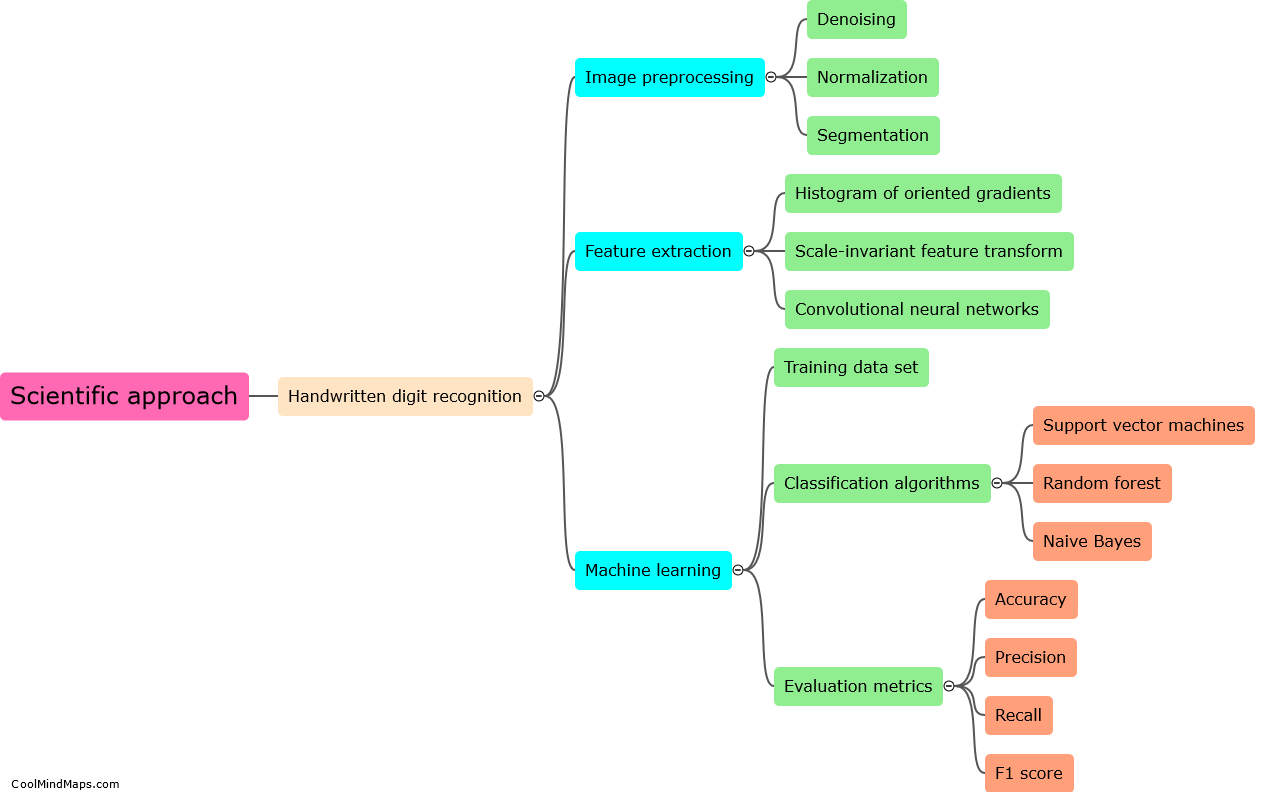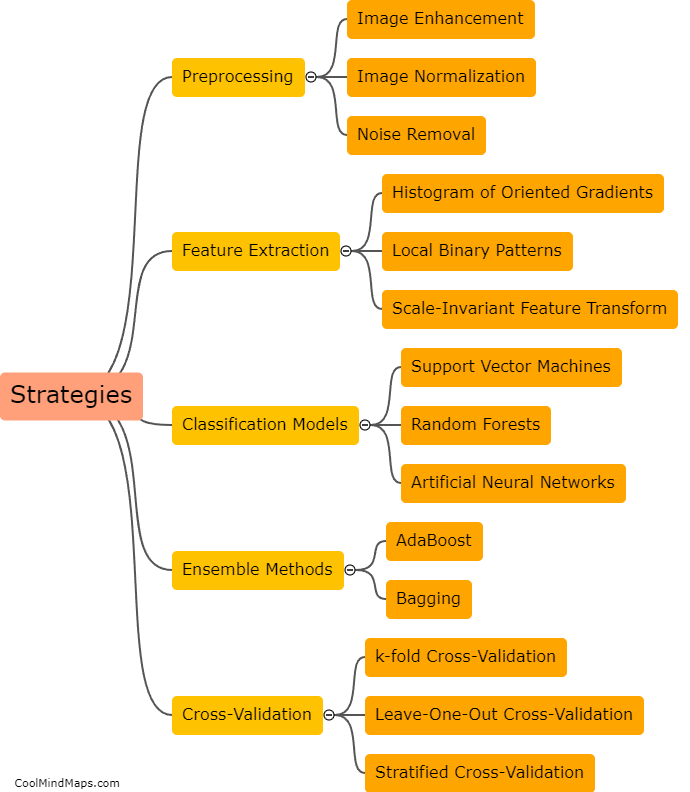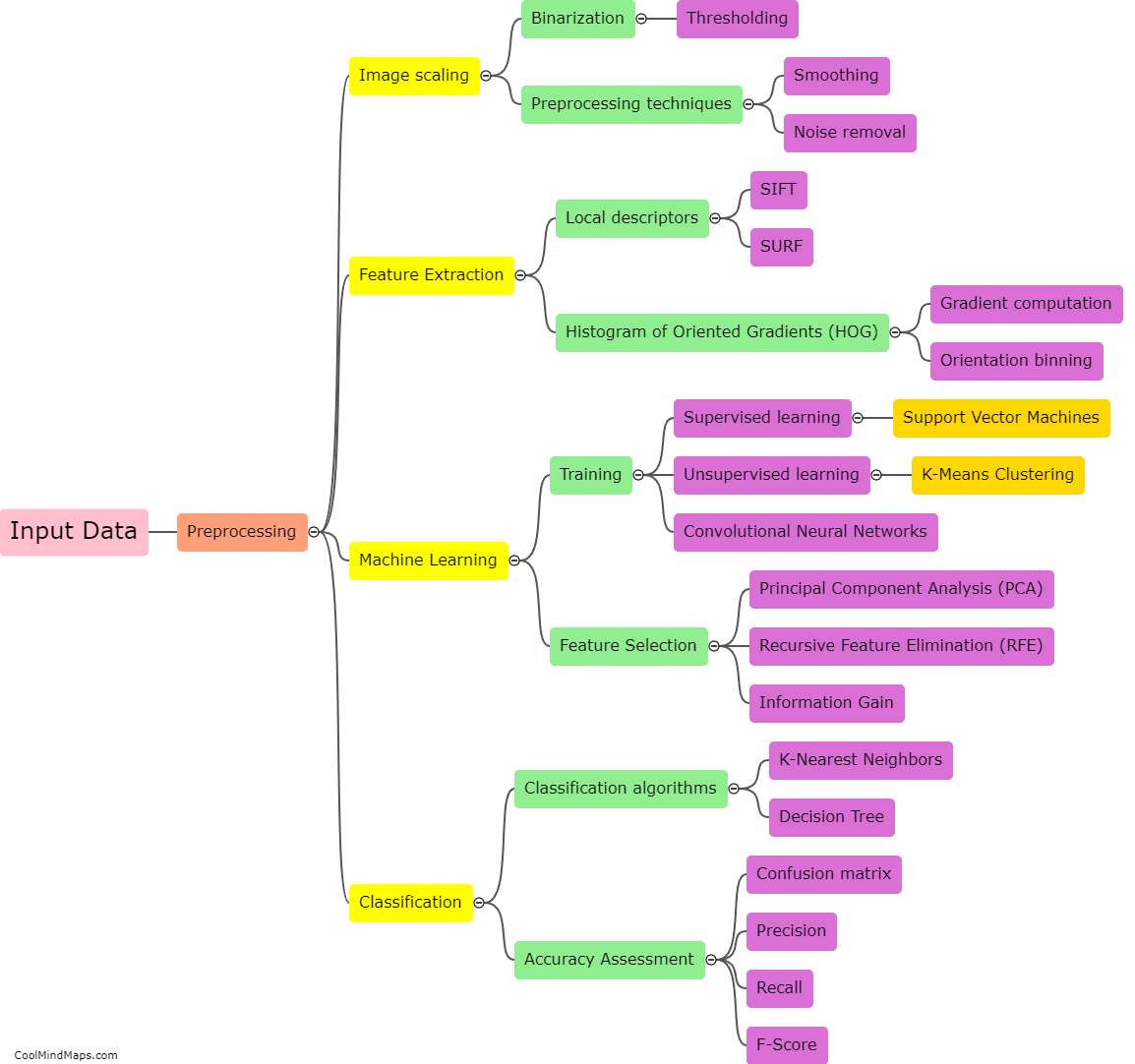How does deep learning work?
Deep learning is a subset of machine learning based on artificial neural networks that imitate the human brain's behavior and learning patterns. It consists of multiple layers of interconnected nodes, or artificial neurons, which process and communicate information to make predictions or decisions. Deep learning algorithms learn by continuously adjusting the weights and biases of these connections through a process called backpropagation. This allows the network to iteratively improve its performance, extracting high-level features from raw data in an automated manner. By leveraging large amounts of labeled training data, deep learning models can discern complex patterns, recognize objects, understand speech, and even generate creative content. The ability of deep learning to autonomously learn and adapt to data makes it a powerful tool across various domains, revolutionizing fields like computer vision, natural language processing, and robotics.

This mind map was published on 20 August 2023 and has been viewed 124 times.
